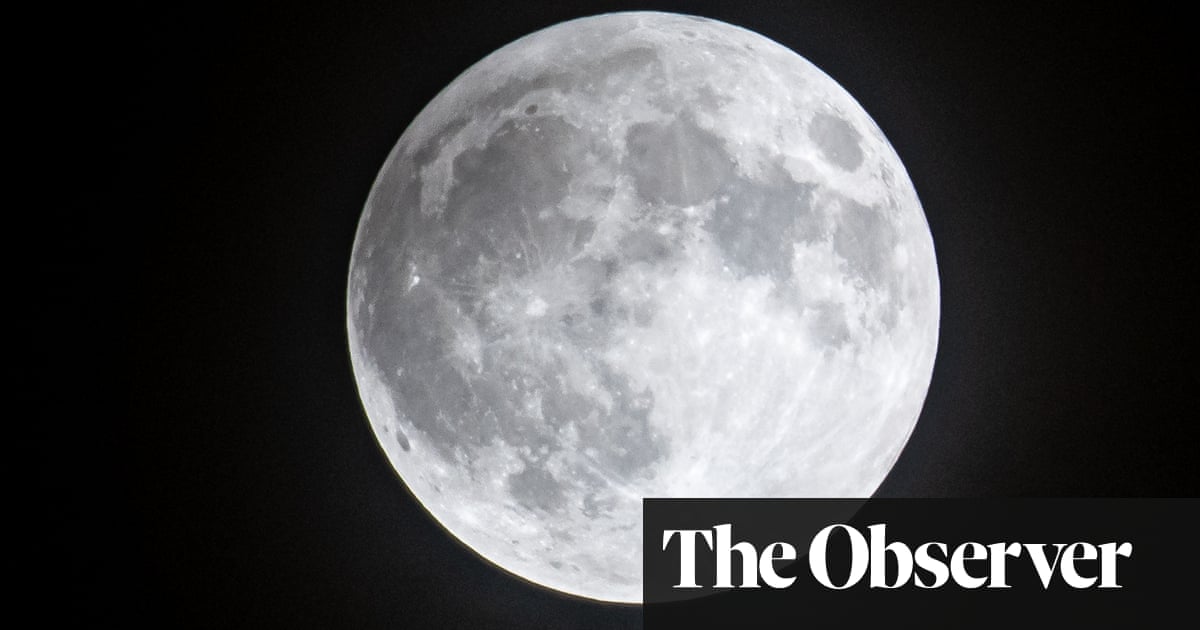
This week, space engineers are gearing up for an extraordinary mission: they are launching a probe developed by researchers in the UK and US to investigate the presence of water on the moon’s surface. The Lunar Trailblazer mission is set to commence on Thursday, with the probe scheduled to be launched into orbit from Florida aboard a SpaceX Falcon rocket.
The primary objective of the mission is to explore and map water on the lunar terrain, a task that may seem unconventional given the moon’s historical image as a dry, barren landscape. However, recent findings suggest that substantial quantities of water could exist on its surface. The Lunar Trailblazer will work to quantify the amount of water present and identify key areas of interest.
The progress of the probe will be closely monitored by space engineers and astronomers alike, as lunar water may be pivotal for future plans to establish manned colonies on the moon. Utilizing energy harnessed from solar power, this water could be separated into hydrogen and oxygen; the hydrogen could serve as fuel, while the oxygen would provide breathable air for astronauts.
“This mission is fundamentally scientific,” stated Prof. Neil Bowles, the head of the Oxford University physicists who developed one of Lunar Trailblazer’s crucial instruments. “It will also enhance our understanding of how water is distributed across the lunar surface, which has far-reaching implications for human exploration of the moon.”
Historically, it was believed that water molecules delivered to the moon by meteorites and comets quickly broke down under the sun’s rays, releasing hydrogen and oxygen that would then drift off into space. However, recent robotic missions have presented strong evidence indicating the existence of water, primarily in the form of ice, concentrated in deep, permanently shadowed craters, particularly around the lunar south pole.
This understanding was further advanced by India’s Chandrayaan-1 mission, which in 2009 discovered signs of water on the moon’s surface beyond the polar regions. “This revelation significantly altered our expectations of lunar exploration,” noted Bowles.
However, the instrument on Chandrayaan-1 that detected this water lacked the spectral capacity to provide a comprehensive map of lunar hydrology. Lunar Trailblazer is equipped to address this limitation, boasting two specialized instruments: an infrared scanner for detecting water and other geological features, and a thermal mapper, engineered by Bowles and his team, which acts as a high-resolution heat camera.
Together, these tools will facilitate the creation of a detailed water map of the moon. “While we are aware of water at the moon’s poles, we are still deciphering how it accumulates there,” Bowles explained. “We believe a lunar water cycle exists, analogous to Earth’s, although it doesn’t involve clouds or rain.”
Bowles presented two primary hypotheses: “One theory posits that comets or meteorites deposit water on the lunar surface, where it then condenses in cold traps at the poles. Alternatively, thin layers of water might form through chemical reactions within the lunar soil.”
“Our goal is to better understand the mechanisms behind lunar water presence and its behavior, which is vital not only for lunar studies but also for insights into similar phenomena on other celestial bodies, such as Mercury.”
after newsletter promotion
On Thursday, Lunar Trailblazer will be joined by another spacecraft scheduled for launch: IM-2, a lunar lander created by Intuitive Machines, which aims to land on the moon and drill beneath the surface in search of water. Additionally, a probe named Odin, built by AstroForge, will embark on a journey to asteroid 2022 OB5 to gather images in preparation for a future mining mission on the asteroid’s surface.
These missions are part of NASA’s commercial lunar payload services initiative, designed to incentivize private companies to send robotic landers and rovers to the moon and nearby celestial destinations. The overarching goal is to lay the groundwork for eventual lunar colonization.









